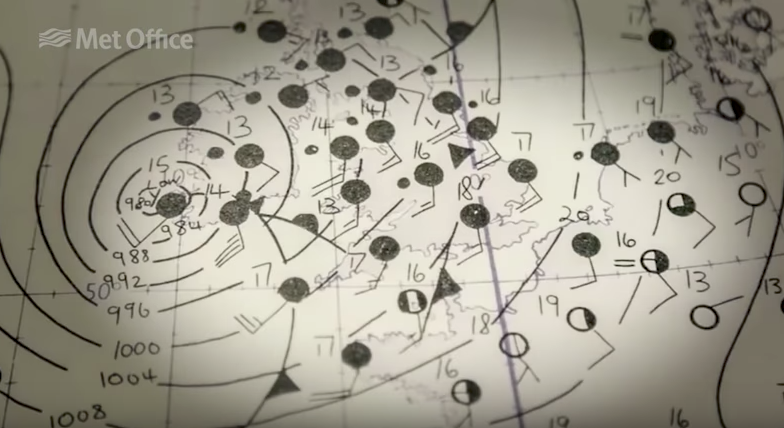Experts are warning that anchoring irresponsibly off Torbay in South Devon can damage vital habitat and threaten the seahorses found there
Boats dropping anchor in the protected seagrass beds off Torbay in South Devon are threatening the local seahorse population, according to experts at Torquay’s coastal zoo.
Living Coasts says that anchoring in the wrong place can damage vital habitat and threaten the seahorses.
The seagrass areas in the protected waters of Tor Bay are voluntary no anchoring zones.
The calls come after the discovery of a pregnant seahorse inside the Torbay Marine Conservation Zone.
Evidence of damage to the seabed caused by the anchors of small boats was also found close by, claim Living Coasts.

Damage to eel grass caused by an anchor. Credit: Rachel Cole
The curator of Living Coasts, Clare Rugg, said it was important that all interested parties now work together.
“Many people use or have an interest in the waters of the bay. There are inevitably different priorities,” she stated.
“We need to work together to make sure everyone is happy. These seahorses are special and important and so are the seagrass beds. Biodiversity matters, even when you can’t see it.”
“Anchoring in the wrong place damages the seagrass beds and threatens the seahorses,” stressed Rugg.
“Our seagrass areas are voluntary no anchoring zones – they are marked with buoys. There are plenty of places where you can anchor safely. Boat users can also find out where the seagrass beds are in Torbay by using the Torbay app.”
Continues below…
Chesil Beach shipwreck and German U-Boat given protected status
A rare shipwreck off Chesil Beach and the remains of a German U-Boat have both been granted special protection status…
Forties, Dogger, Fisher: 150 years of the Shipping Forecast
For the last 150 years, mariners have been receiving the Shipping Forecast, helping them to decide whether to put to…
Designated in 2013, the Torbay Marine Conservation Zone (MCZ) is an inshore site running from Oddicombe Beach to Sharkham Point, protecting an area of approximately 20 square kilometres.
Beginning at the shore, the boundary extends between 1 to 2.5km out to sea and includes Hope’s Nose and Berry Head.
The pregnant seahorse is the second short-snouted seahorse to be found in the Torbay MCZ in two months.
The species is classed as Data Deficient, which means there is inadequate information to make an assessment of its risk of extinction.
According to Living Coasts, the limited information available suggests that populations are declining.
Both the short-snouted seahorse and the seagrass species Zostera marina, which is found off Torbay, are protected by the UK Wildlife and Countryside Act of 2008 and the seahorse is a UK Biodiversity Action Plan priority species.

Healthy eel grass in Torbay. Credit: Rachel Cole
Seagrass evolved about 100 million years ago and can flower underwater; seagrass meadows are highly diverse and productive ecosystems.
Living Coasts says some of the bay’s seagrass seems healthy and full of life, but “some is damaged and needs to be nurtured back to health”.
“We need to do more research on this species (short-nosed seahorse). It is excellent news that we have it here, but we need to know how to keep it, protect it and nurture it,” stressed Rugg.
“We need to do that while making sure boat users, businesses and holidaymakers can still get what they need from the bay,” added the zoo’s curator.





